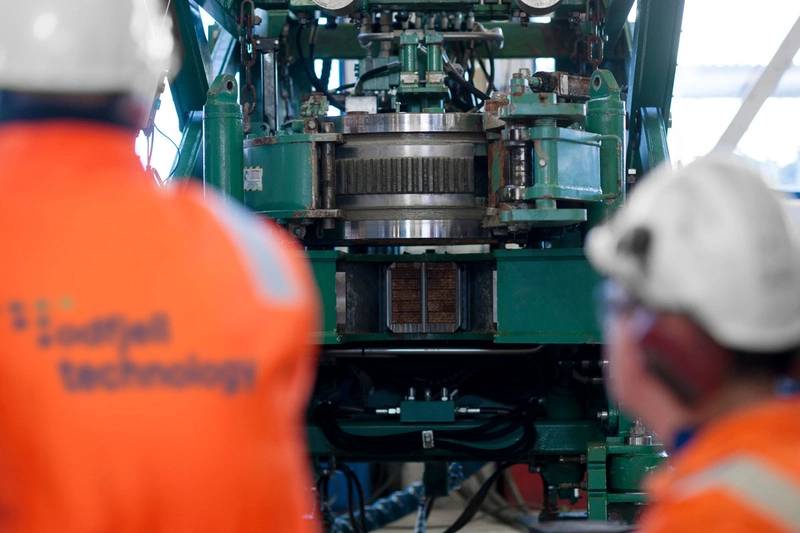The Space Shuttle Missions: Groundbreaking Achievements and Tragic Losses
NASA’s space shuttle program from 1981 to 2011 made significant contributions to space science, but it also came with substantial costs and the tragic loss of life. Initially, NASA’s space shuttle program was created with the promise of revolutionizing space exploration by providing reusable and cost-effective spacecraft for astronauts. This ambitious program changed the landscape of space travel with its successes and heartbreaking failures.
In the mid-1970s, NASA engineers developed the space shuttle as a new spacecraft that could be reused and land like an airplane on a runway. This innovation aimed to reduce the financial burden associated with space travel by making flights more affordable. The first of the space shuttles, Columbia, took its maiden flight in 1981 and marked the beginning of a new era in space exploration.
Over the next three decades, NASA’s space shuttle fleet conducted 135 missions that included launching and repairing satellites, contributing to the construction of the International Space Station (ISS), and deploying the iconic Hubble Space Telescope. However, these missions were not without their setbacks. The Challenger disaster in 1986 and the Columbia tragedy in 2003 resulted in the loss of 14 astronauts and raised serious questions about the safety of the space shuttle program. Both accidents were caused by technical failures that led to catastrophic outcomes during launch and reentry. Despite these setbacks, NASA’s commitment to safety continued until its final mission in 2011.
The end of NASA’s space shuttle program left American astronauts without a reliable means of traveling to space for nearly a decade. The legacy of this era is marked by its groundbreaking achievements, including launching numerous satellites into orbit, constructing part of the ISS, and deploying critical scientific instruments like Hubble Space Telescope. These achievements paved way for future space missions that prioritize safety and innovation over cost considerations.
In conclusion, while NASA’s space shuttle program was a revolutionary concept at its time, it did come at a cost – both monetary and human life. However, it is important to remember that every failure is an opportunity for learning and improvement. NASA has used these lessons learned from its failed missions to develop safer technologies for future deep-space exploration missions that will continue to push boundaries beyond our planet’s atmosphere.
The End


